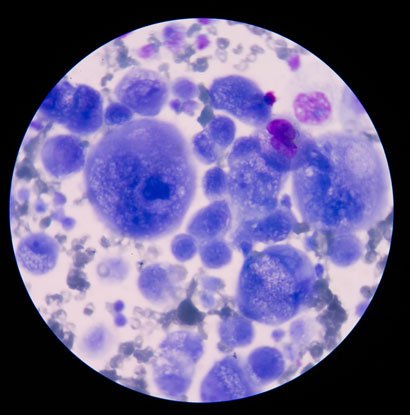New animal model will advance metastasic sarcomas research
Posted: 30 August 2016 | Niamh Louise Marriott, Digital Content Producer | No comments yet
Used for the first time as part of the team’s latest work, the model may become a valuable experimental tool to analyse metastatic potential in sarcomas…


Researchers have developed a modified version of an orthotopic model that allows them to recreate more closely the metastatic steps in Ewing sarcoma (ES), the second most common bone tumour in children and adolescents.
This new model has been used for the first time as part of the team’s latest work and may become a valuable experimental tool to analyse metastatic potential in different kinds of sarcomas.
“We believe that this orthotopic model recapitulates more closely the metastatic steps in ES as the primary tumour grows in its natural environment” explains lead researcher, Dr Martínez-Tirado, Bellvitge Biomedical Research Institute (IDIBELL).


Orthotopic models are based on the implantation of tumour cells directly into the organ of origin, which allows interaction between these cells and the surrounding host tissues. In this case, ES cells were injected into the calf muscles of the mouse, and once the tumour reached a certain volume, the muscles were surgically resected.
“This procedure involves a low-aggressive surgery that allows the survival of the mice with a normal mouse life for a period long enough for the development of distant metastases”
Orthotopic models are considered more clinically relevant and better predictive models, as it has been shown that the interaction of tumour cells with its natural environment affects their growth, differentiation, and drug sensitivity.
Moreover, injected tumour cells can spread to metastatic sites in other organs, with specificities comparable to the human situation.
“Thanks to this approach, we were able to identify how the CAV1 protein regulates a pro-metastatic pathway in ES and the role of the RPS6 and RSK1 proteins as key nodes of this process. ES patients could potentially benefit from these findings.”
Ewing sarcoma (ES) is a bone and soft tissue sarcoma affecting mostly children and young adults. It is very aggressive and highly metastatic; approximately, one third of ES patients present metastasis at diagnosis, being lung and bone marrow the most common sites.
“The treatment and prognosis of patients are determined among other factors by the presence of these metastases. Therefore, a full comprehensive understanding of ES metastatic process is mandatory to develop novel therapeutic strategies. That is why this in vivo orthotopic animal model may be an extremely useful asset to study metastases not only in ES but in other sarcomas too” Martínez-Tirado concludes.
Related conditions
Cancer, Ewing sarcoma (ES)



